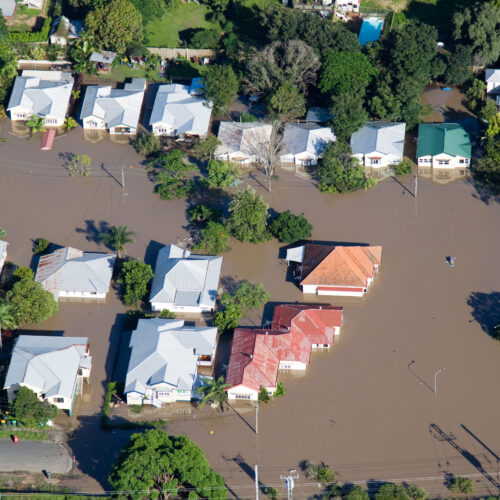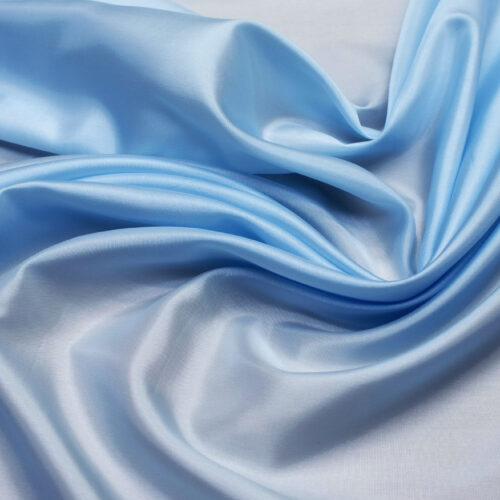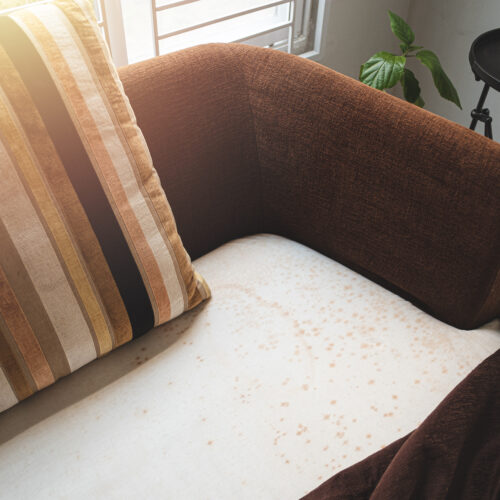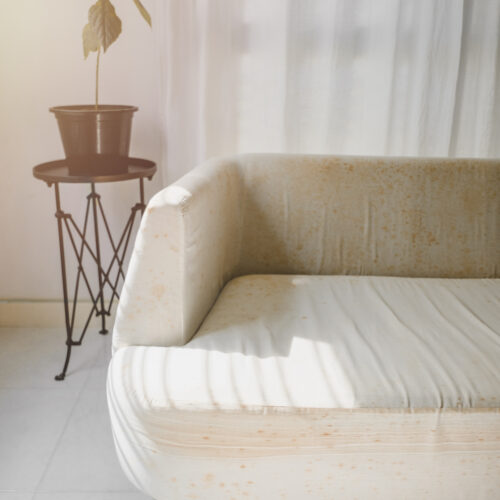July 15th, 2022 | Disaster Restoration
What is mould and where does it come from?
Mould is a term used to refer to fungi that grow in the form of multicellular thread-like structures called hyphae. Up to date nearly 70,000 species of fungi have been identified with the total number thought to exceed 1,5 million.
By definition, mould requires moisture, warmth, organic matter to germinate and grow. Many mould spores can lie dormant until these conditions eventuate. Mould germination will often occur in as little as 6 hours.
Mould is mostly found in porous building materials where it often appears as a dark stain and comes in a variety of colours. A musty smell is an indication of microbial growth even when there is no visible growth. Mould is often easily identified by visual inspection; however, many other areas may also be affected.
Growth will occur anywhere conditions are favourable, especially where moisture was or is prevalent. These areas can also include roof cavities and sub-floor areas where air movement is restricted.
Prevention is better than cure, so keep areas well ventilated to prevent moisture.
What to use where
Minor to medium mould growth on synthetic carpets can mostly be remediated using Biosan II or Mould Remover. Professional opinion is advised when dealing with natural fibres and/or carpets with jute backing. Wool can be permanently spoiled by mould as can be fibres and backing containing cellulose which includes cotton, jute, and canvas. Where carpets have more than surface mould, the carpet must be lifted, the underlay discarded and the front and back and floor base treated.
Painted plasterboard will sustain mould growth. If mould growth is limited, plasterboard is best cleaned and remediated using Biosan II or Percide.
Where severe mould colonies are encountered, the cellulose portion of the plasterboard will be spoiled and must be removed. This will, in any case, be necessary to access the internal wall structure which will be required for this level of mould contamination.
This includes wall studs, rafters, plywood, particleboard, and other timber with an unfinished surface. Mechanical removal has been widely used for these surfaces, however deep penetration biocides such as Percide or Mould Exterminator have proved extremely effective with significantly less structural damage and disruption. Timber can be damaged by mould and display increased porosity following remediation.
Finished timber includes wooden floorboards, doors and frames, window frames and furniture. Wood of this nature is typically sealed and hence porosity is very low. Where surface mould growth is present, they are best washed down with a solution of Percide. If severe moisture ingress has occurred (eg flooding) substrates may require removal or sanding to restore the wood appearance caused by water damage.
These building materials do not create favourable mould growing environments except for the fact that they are often porous. Where there are moist conditions with limited sunlight, mould will grow readily. These mould infestations can be effectively removed using Mould Exterminator or Hypo Enforcer + Liquid Chlorine or if inside, they should be remediated using Biosan II or Percide. Water blasting is often used but this technique does not kill the mould and regrowth occurs more rapidly.
Fine stone (marble, limestone, travertine, granite) should be cleaned down and treated with Hypo Enforcer + Liquid Chlorine, Mould Exterminator or Percide + Boost. These choices work with great effect, especially if staining is present. Construction stone (sandstone, bluestone) should be treated in the same manner as masonry.
Ceramic and porcelain tiles and glass do not support mould growth due to their very low porosity. Where mould is deposited on these surfaces treat with a solution of Biosan II, Percide or Mould Exterminator.
Download our super-handy Mould Remediation Manual_Contractors Edition
For specifics on how to use each product, please refer to the products PDS, label or speak to one of our sales team.

The ‘Mastering Flood Clean-Up’ webinar delves into the intricacies of flood cleanup and make-safe operations, covering vital aspects such as [...]
Read more
Viscose – a viscous orange-brown solution obtained by treating cellulose with sodium hydroxide and carbon disulphide, used as the basis of [...]
Read more
Removing mould from natural fabric upholstery can be particularly challenging, as natural fibres like cotton, linen, and wool can act [...]
Read more
Removing mould from synthetic fabric upholstery is known to be challenging due to the delicate nature of many synthetic fibres [...]
Read more